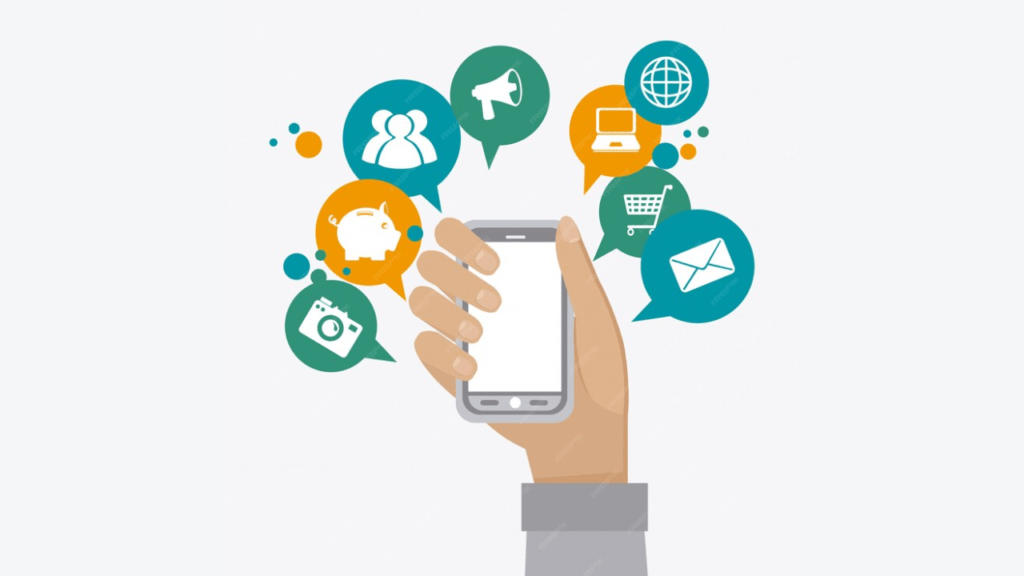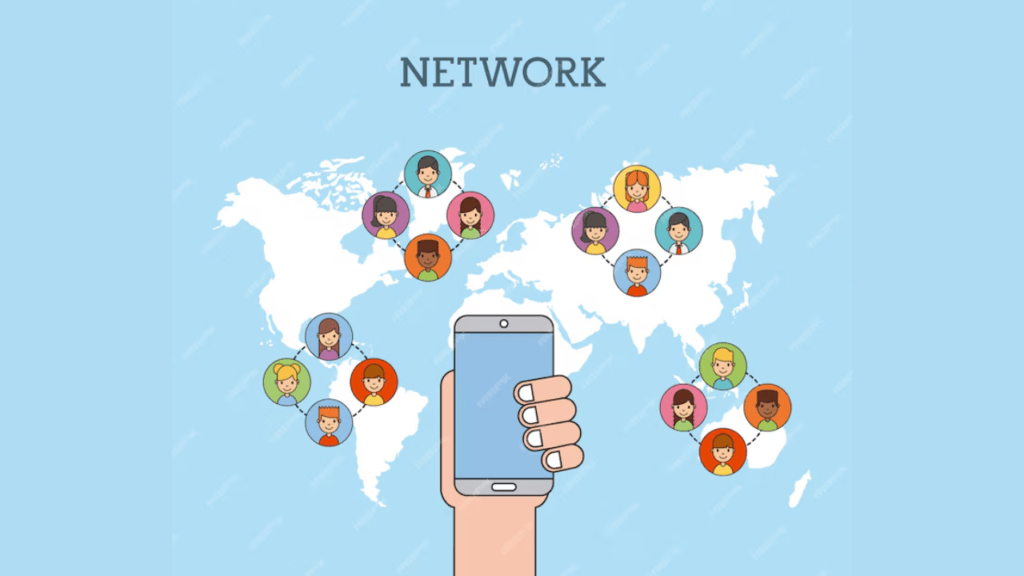
In today’s fast-paced digital world, knowing how to build a personal brand can be a game-changer for career growth, entrepreneurial ventures, and professional credibility. Whether you’re a freelancer, corporate executive, or influencer, a well-crafted personal brand sets you apart in crowded markets.
What Is Personal Branding?
Personal branding is the process of creating a unique professional identity and consistently showcasing your expertise, values, and personality across various platforms. It helps people recognize your work, builds trust, and opens new opportunities.
Why Learning How to Build a Personal Brand Is Essential
In a competitive environment, having solid skills isn’t enough. People need to know who you are, what you stand for, and why they should trust you. A strong personal brand enhances your credibility and positions you as a thought leader in your field.
The Key Benefits of Personal Branding
- Career Advancement – Helps you attract recruiters and top-tier clients.
- Networking – Builds meaningful connections with industry leaders.
- Trust and Authority – Establishes you as a reliable expert.
- Business Growth – Personal brands drive higher sales and partnerships.
Getting Started: How to Build a Personal Brand from Scratch

Identify Your Unique Value Proposition
Ask yourself:
- What are my core strengths?
- How can I add value to my audience or clients?
- What differentiates me from others in my industry?
Your answers form the foundation of your brand. Make sure you highlight authenticity and specialization to stand out.
Define Your Target Audience

Knowing your audience ensures your message resonates. Consider:
- Who do you want to influence?
- What are their needs and pain points?
- Where do they consume content?
Tailoring your brand to meet audience expectations increases engagement and relevance.
Craft a Compelling Brand Story
People remember stories more than facts. A personal brand rooted in a genuine narrative captivates and builds connections. Share experiences, challenges, and successes to humanize your brand.
Creating a Strong Online Presence

Develop a Professional Website
A website serves as your digital resume. Key elements include:
- Home Page – A snapshot of your brand and services.
- About Me – Personal background and expertise.
- Portfolio – Showcase achievements and projects.
- Blog – Share insights to establish authority.
Leverage Social Media for Brand Growth
Choose platforms that align with your niche. LinkedIn, Twitter, Instagram, and YouTube offer diverse ways to build visibility. Consistently share valuable content, engage with followers, and showcase your personality.
Create Consistent and Valuable Content
Content is the backbone of personal branding. Blog posts, videos, podcasts, and infographics help demonstrate expertise. Focus on quality over quantity and align content with audience needs.
Network and Collaborate

Engaging with peers and industry leaders amplifies your reach. Attend webinars, participate in panels, and contribute to online forums. Building relationships boosts credibility and opens doors to new opportunities.
Establishing Authority and Trust
Position Yourself as a Thought Leader
Write guest posts, conduct webinars, or host podcasts on industry topics. Sharing insights elevates your status as a go-to expert.
Gather and Showcase Testimonials
Social proof enhances trust. Request testimonials from clients, colleagues, or mentors.Show them up on the LinkedIn page and webpage.
Monitor and Adapt
Personal branding isn’t static. Regularly assess your brand’s performance using tools like Google Analytics and LinkedIn Insights. Adjust your approach to stay relevant and competitive.
Common Personal Branding Mistakes to Avoid
- Inconsistency – Mixed messaging confuses your audience.
- Neglecting Feedback – Ignoring audience input stifles growth.
- Lack of Patience – Building a personal brand takes time and persistence.
Top Tools for Building a Personal Brand
- Canva – For creating visually appealing content.
- LinkedIn – To network and publish thought leadership content.
- WordPress – For building professional websites.
- Hootsuite – To schedule and manage social media content.
FAQs
How much time does it take to develop a personal brand?
It typically takes six months to a year to establish a solid personal brand. Consistency and persistence are key.
What platform is best for personal branding?
LinkedIn is ideal for professional networking, while Instagram and YouTube work well for visual and video-driven content.
Can I build a personal brand without social media?
Yes, but it’s challenging. A professional website, public speaking, and guest blogging are excellent alternatives.
How do I measure the success of my personal brand?
Track metrics such as engagement, follower growth, and inquiries. Use tools like Google Analytics and social media insights.
What is the biggest challenge in personal branding?
Staying authentic while adapting to audience preferences is often the hardest part.
Should I hire a personal branding coach?
If you’re new to personal branding, hiring a coach can accelerate your progress and provide valuable insights.
Conclusion
Understanding how to build a personal brand is a strategic move that pays dividends in career growth, networking, and credibility. Start today by identifying your strengths, defining your audience, and crafting a compelling online presence. Over time, your personal brand will become a powerful asset that fuels both professional and personal success.







